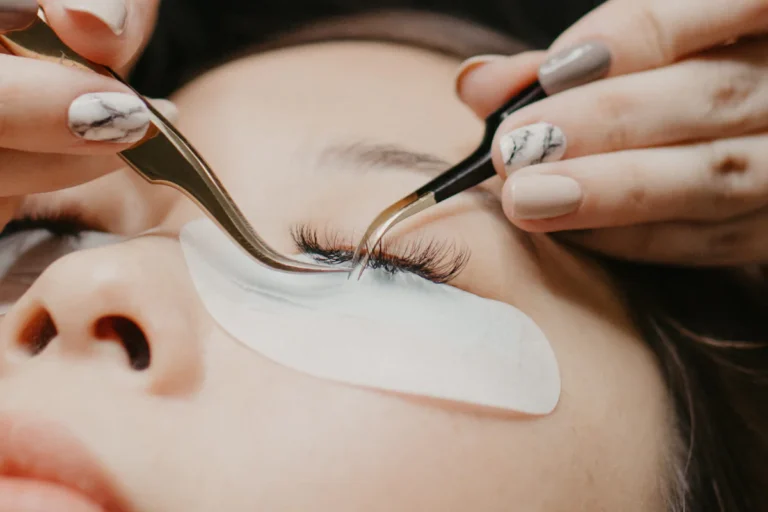The Art and Importance of Pet Grooming: Keeping Your Companion Happy and Healthy
Pets are more than just animals—they are cherished members of the family. Just as humans need regular hygiene care, our furry friends require consistent grooming to stay healthy, comfortable, and looking their best. Pet grooming is more than just a cosmetic routine; it plays a crucial role in your pet’s well-being.
This article dives deep into what pet grooming entails, its benefits, and how to create a routine that meets your pet’s specific needs.
What Is Pet Grooming?
Pet grooming refers to the maintenance of a pet’s hygiene and physical appearance. While many people think grooming is limited to brushing fur or trimming nails, it encompasses a wide range of activities such as bathing, ear cleaning, dental care, and even behavioral training to tolerate being handled.
The grooming routine can vary based on the species, breed, age, and health status of your pet.
Why Is Pet Grooming Important?
Promotes Health and Hygiene
Routine grooming helps to detect potential health issues early. Lumps, skin infections, parasites, or dental problems can be spotted and addressed before they escalate.
Enhances Physical Comfort
Overgrown nails can cause pain, and matted fur can tug at the skin, leading to sores and discomfort. Regular grooming ensures your pet is not only clean but also physically at ease.
Strengthens Bonding
Brushing, bathing, and caring for your pet helps strengthen the human-animal bond. Grooming sessions provide an opportunity to build trust, especially if introduced early and performed gently.
Controls Shedding and Allergies
Frequent brushing can help reduce the amount of fur and dander in your home. This is particularly helpful for family members with pet allergies.
Grooming Needs Based on Pet Types
Dogs
Dogs vary greatly in grooming needs based on their breed and coat type. Long-haired breeds like Golden Retrievers or Afghan Hounds need frequent brushing and professional trims, while short-haired breeds like Beagles require less maintenance.
Dog grooming usually includes:
- Bathing every 4–6 weeks (depending on activity level and coat condition)
- Brushing 2–3 times per week
- Nail trimming every 3–4 weeks
- Ear cleaning as needed
- Teeth brushing several times a week
Cats
Cats are known for grooming themselves, but that doesn’t mean they don’t need help. Long-haired breeds like Persians can develop severe matting without regular brushing.
Basic grooming for cats includes:
- Brushing once or twice a week (daily for long-haired breeds)
- Occasional bathing (especially for senior or overweight cats)
- Nail trimming monthly
- Ear and eye cleaning when needed
- Dental care with special feline toothpaste
Small Pets (Rabbits, Guinea Pigs, etc.)
Small mammals also benefit from regular grooming:
- Nail trimming to prevent injuries
- Fur brushing to avoid matting
- Spot cleaning with a damp cloth
- Checking for skin issues, mites, or ticks
Some species, like chinchillas, require dust baths rather than water baths to stay clean.
Grooming Tools Every Pet Owner Should Have
You don’t need a professional-grade grooming station to care for your pet at home. Here’s a basic list of tools:
- Brushes and combs (suited for your pet’s coat type)
- Nail clippers or grinders
- Pet-safe shampoo and conditioner
- Ear cleaning solution
- Pet toothbrush and toothpaste
- Microfiber towels
- Deshedding tools (like a slicker brush or Furminator)
Always make sure tools are clean and in good condition to avoid causing discomfort or injury.
How to Make Grooming a Positive Experience
Start Young and Go Slow
If possible, start grooming routines while your pet is still young. The earlier they become familiar with being handled, the easier it will be to maintain grooming habits throughout their life.
Use Positive Reinforcement
Give treats, affection, or playtime after each grooming session. This helps your pet associate grooming with positive experiences.
Be Gentle and Patient
Avoid tugging, pulling, or rushing. If your pet becomes agitated, it’s better to take a break than to force them through the process.
Know When to Call a Professional
Some grooming tasks, like de-matting a severely tangled coat or dealing with an anxious or aggressive animal, may require the help of a professional groomer or veterinarian.
Seasonal Considerations
Summer Grooming
In warmer months, grooming becomes essential for keeping your pet cool and reducing the risk of heatstroke. Make sure to remove excess undercoat and check for ticks or fleas regularly.
Winter Grooming
Even in cold seasons, pets need grooming. Skipping baths can lead to dry, flaky skin, and fur that’s too long may trap moisture, creating a breeding ground for skin issues. Use moisturizing shampoos and consider paw wax to protect against cold surfaces.
Grooming for Older Pets and Special Needs Animals
Senior pets often have additional needs. They may have joint pain, sensitive skin, or limited mobility, making grooming more difficult. Use soft brushes and orthopedic mats for support, and be extra gentle around arthritic areas.
Similarly, pets with skin conditions, allergies, or chronic illnesses may require vet-recommended grooming products and techniques.
Benefits of Professional Grooming (Even for DIY Pet Owners)
Even if you groom your pet regularly at home, scheduling a professional session every few months can be beneficial. Professionals can handle tricky tasks like anal gland expression, ear hair plucking, and deep de-shedding treatments. They also spot issues you might miss during routine home care.
Final Thoughts
Grooming your pet isn’t just about keeping them looking good—it’s a cornerstone of preventive healthcare, comfort, and emotional bonding. Whether you own a pampered Persian, a high-energy Labrador, or a fluffy Angora rabbit, regular grooming keeps your pet happy, healthy, and well-adjusted.
By investing time and care into a personalized grooming routine, you’re not just brushing fur—you’re brushing away stress, discomfort, and potential health issues. A clean pet is a content pet—and a content pet makes for a more harmonious home.






